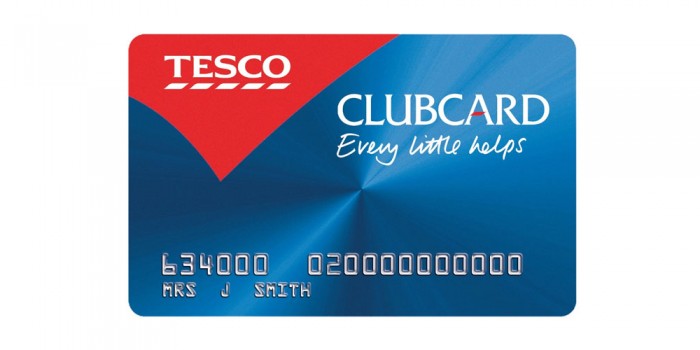Take a look at the image above. I think it’s fair to say it looks nothing like a cereal you would expect to find on the breakfast table of most households these days, particularly those with children. It’s not just breakfast cereals either. Most food aimed at children is brightly coloured, heavily branded and, quite often, involves a colourful and familiar character. Sometimes it’s a character created by the brand, like Ronald McDonald or Tony the Tiger, at other times characters from well-known or currently popular cartoons and movies are licensed and added to food packaging. It would be easy to think that this use of characters is simply designed to make whatever product it is splashed on more noticeable and more attractive. This makes sense: one of the first things an infant learns is to recognise faces. So by the time a child has the language skills and opportunity […]






Recent Comments